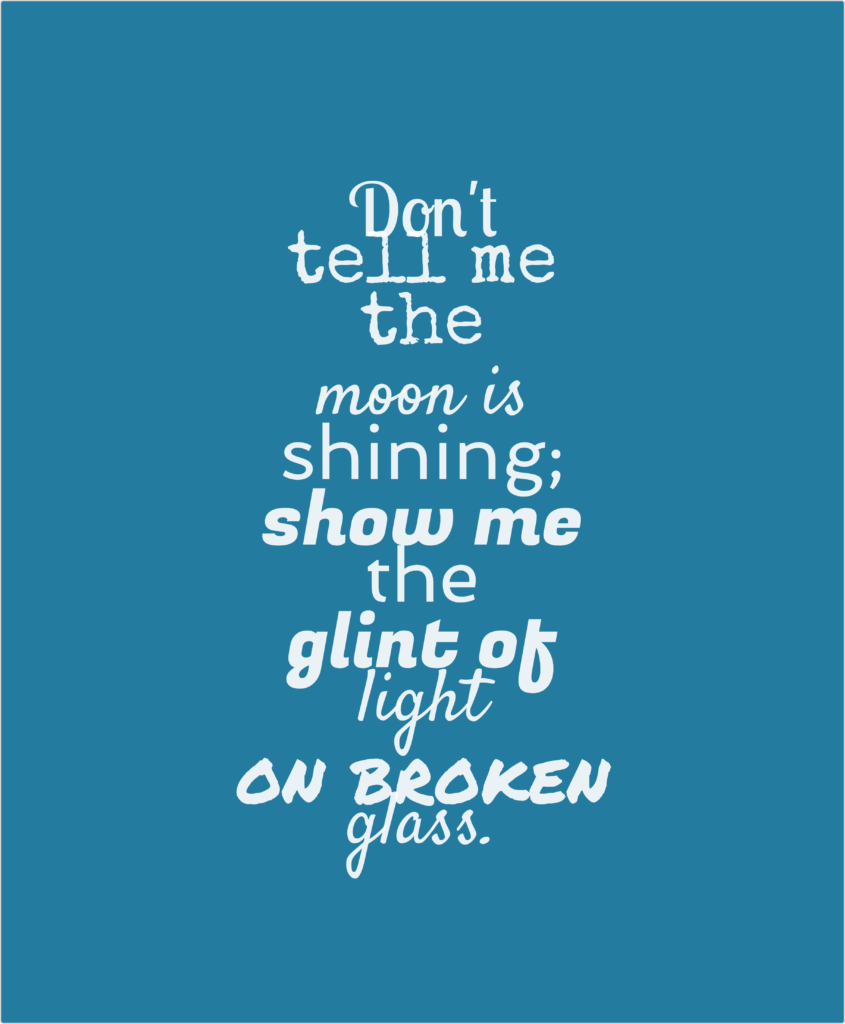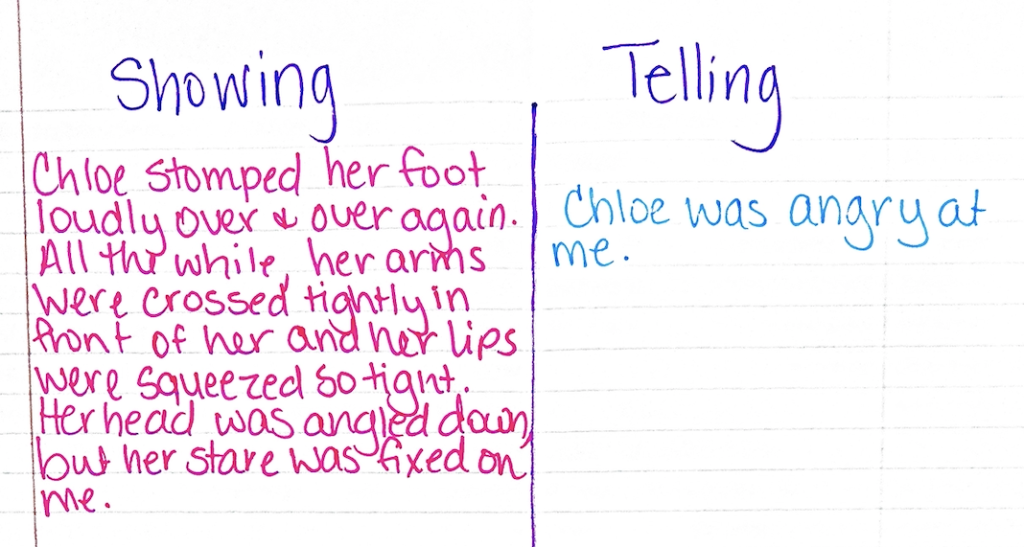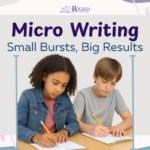Every elementary Writers’ Workshop teacher has a go-to “Show, Don’t Tell” lesson in which students learn how to show or illustrate what is happening, instead of merely stating it. But do we ever have enough? Do the students ever master this highly important writing skill?? Exactly! So here is another lesson to add to your tool-belt. Students can use this technique to describe characters, a setting, or events. It’s a good idea to practice this valuable strategy at different times, so students understand WHEN to use it.
Teach the Strategy to the Whole Class
Most kids have played charades before, so let’s start with what they know. Find a character description from a book you’re reading, either individually or as a class, and have students act it out. Bonus: this also helps students make a connection to character analysis in reading!
I supply students with cards that have character feelings and character traits and begin by modeling and doing this whole group. I draw a card from the deck (you can purchase and download the cards here) and act out the trait or feeling without using words while students guess. For example, if I drew the word angry, I might stomp my foot, cross my arms, and purse my lips. Once students correctly guess my feeling, I ask them to describe what I am doing to SHOW I am angry. As they all talk about what I’m doing, I write down what they are saying on an anchor chart (see below). As a class, we edit the comments into a final sentence or two. Then we write the “telling” sentence on the other side of the T-Chart.
Next, I break up the students into partners or small groups to do the same activity on their own. Once they prove to me they have the showing phrases and the telling sentence, they get to add it to the anchor chart.
Practice a few times.
Emulate the Strategy
Now that the students have practiced showing a character emotion and recording it in a description, have them emulate this in their own writing. Each student should find a place where they have said how a character feels OR a place where they could add in some description about how the character feels.
Then, with a partner, have students take turns acting out how the character might be feeling. While one partner acts, the other can describe what is happening. Then they help each other SHOW, in writing, how the character is feeling.
Add To It
Once students have practiced “showing not telling” with characters, have them repeat the lesson idea with events or actions. This is a little more involved, so it’s better to do this part second.
What’s your favorite Show, Don’t Tell lesson?




